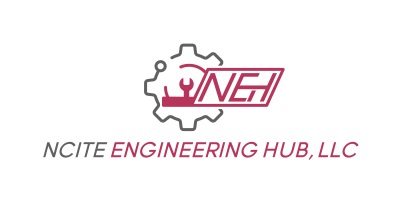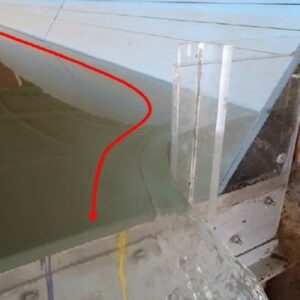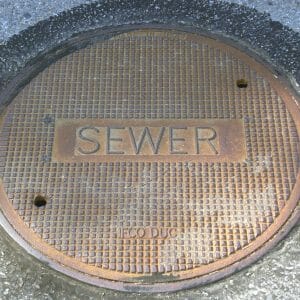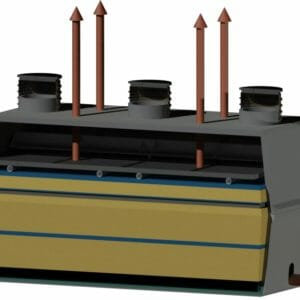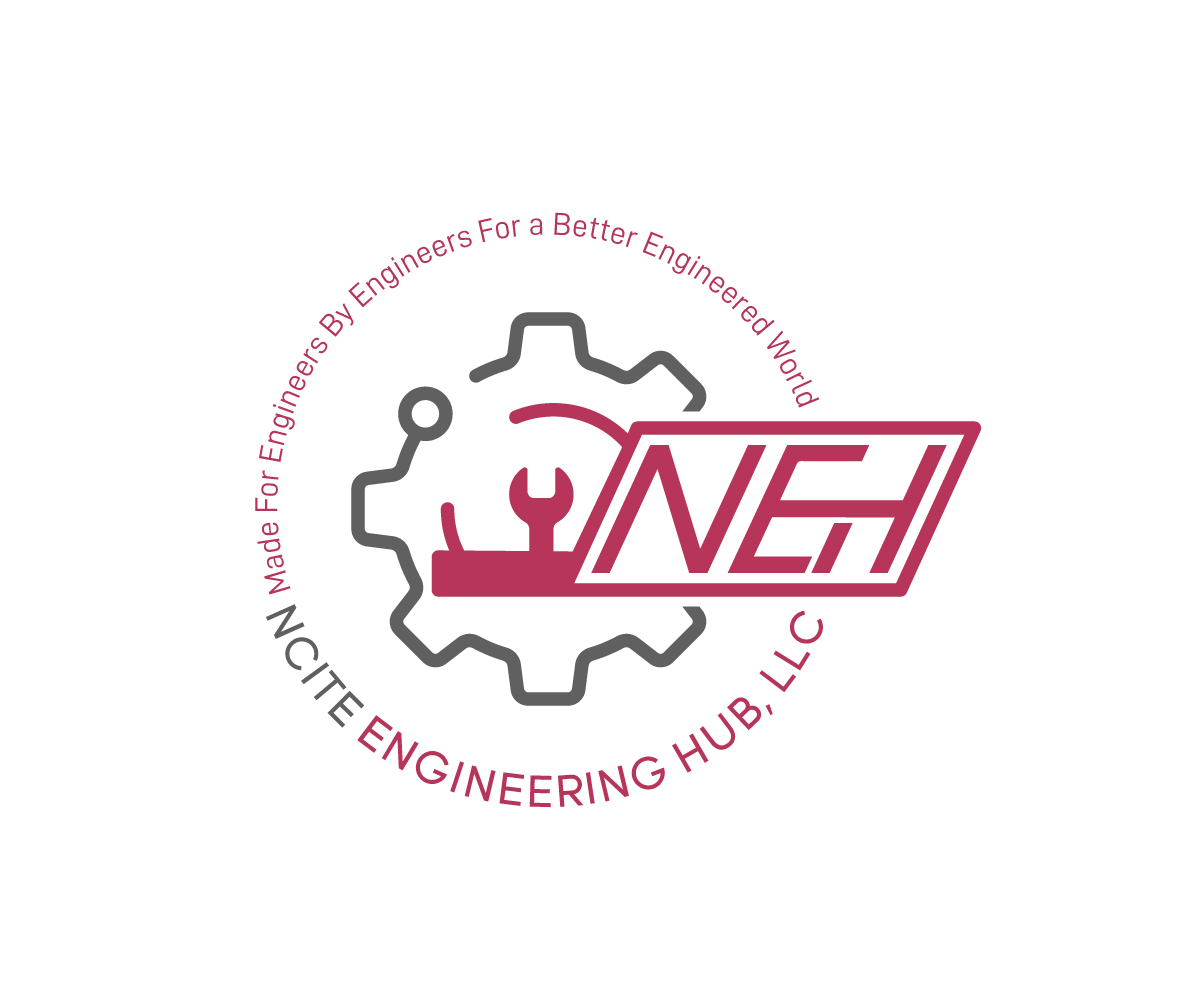E – 3025 Analysis of Solar Systems Characteristics Focused on Inverter Topologies and Optimization of Bifacial Modules
$75.00
Courses Included
In this course, the interested engineer will find some important topics in the field of solar photovoltaic systems. The presentation and clear explanations of these topics, will provide essential knowledge and will enhance the ability of engineers to understand important points and enhance their ability to understand and design solar systems.
The contents include:
- The basic inverter topologies (such as Central and String inverters) will be reviewed and the advantages and disadvantages of each implementation will be explained.
- Solar inverter design parameters will be reviewed aiming to understanding how the full potential of a solar inverter can be exploited.
- The protection function of solar inverters will be thoroughly explained. Special attention will be given to the protection against leakage currents where the important differences between isolated (with transformer) and non-isolated (without transformer) solar inverters will be thoroughly reviewed.
- MPPPT function. This important function of solar inverters will be explained and two common techniques will be presented, namely the Perturb & Observe and the Incremental Conductance.
- Solar inverters, especially the non-isolated ones (not using a transformer), give rise to leakage current due to capacitance phenomena and the lack of galvanic isolation.
- The large penetration of solar generated power comes with certain challenges to grid stability in both frequency and voltage terms. Smart inverters provide grid support functions to mitigate these effects. This is achieved for instance for providing support for reactive power and by fault-ride through feature which prevents solar inverter from disconnecting in transient grid disturbances and thus prevent grid oscillations. Furthermore, Grid Forming solar inverters go a step beyond and even try to simulate the inherent stability properties of rotating machines, such as the synchronous generator. These issues will be explained and the reader will get familiar with the importance of grid support features in solar inverters.
- Bifacial modules are becoming increasingly popular due to their advantages in terms of longevity and increased production promise. However, to fully exploit their increased energy generation potential, the solar system engineer must take into account parameters such as albedo, latitude and tilt angle. The effect of these parameters to system performance is examined and design guidelines are given.

